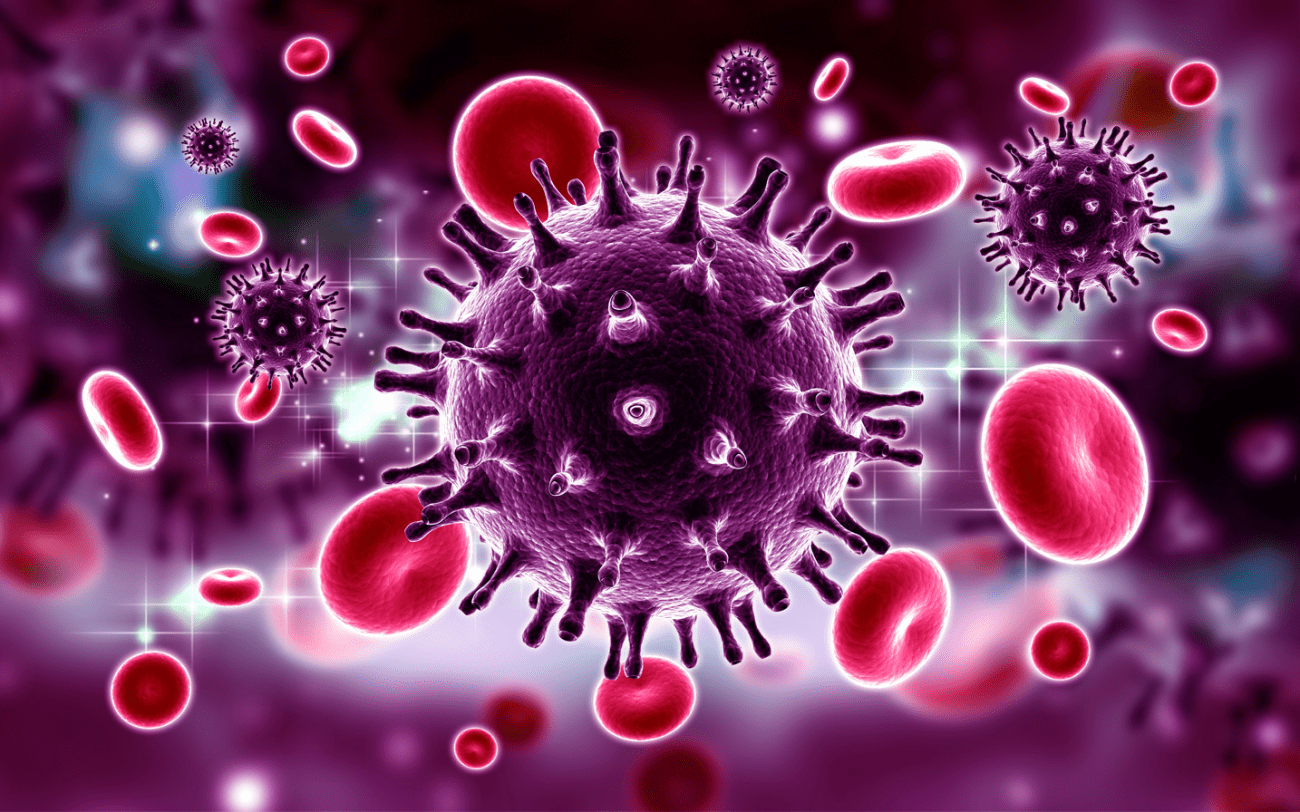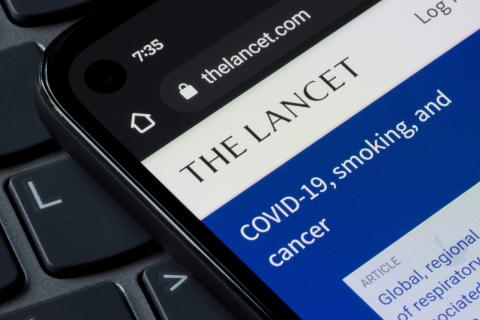Reactions to the follow-up of a third patient cured of HIV after stem cell transplantation to treat leukaemia
A virological and immunological follow-up confirms that a third patient has been cured of HIV nine years after receiving a bone marrow transplant for myeloid leukaemia, and four years after stopping his antiretroviral treatment. This case of the Düsseldorf patient, similar to two previously documented in Berlin and London, is detailed in a Nature Medicine publication by an international consortium coordinated by the IrsiCaixa AIDS Research Institute and the University Medical Center in Utrecht, the Netherlands. The patient was diagnosed with HIV in 2008 and in 2011 with leukaemia, for which he received the transplant in 2013.

José Alcamí - curación VIH leucemia EN
Pepe Alcamí
IDIBAPS researcher and scientific director of the HIV Unit at Hospital Clínic de Barcelona
The article reports a case of cure of HIV infection in a patient receiving a bone marrow transplant for relapsed leukaemia with no other therapeutic option. Like the so-called London and Berlin patients, the transplant was performed with cells from a donor who carries a genetic deletion in one of the major HIV receptors, making the cells resistant to infection.
What is new about this description compared to previous ones? The application of more advanced reservoir detection technologies and a more in-depth immunological study of the response to HIV. The virus is what is detected and the immune response is a mirror of whether HIV is still present. The patient has no reoccurrence of viraemia four years after stopping treatment, so the chances of being cured are very high.
Two aspects are striking and interesting: one is the detection of HIV genetic fragments that are apparently defective because the virus cannot be isolated. This is clearly seen and has not been reported in previous cases. On the other hand, a cellular response to HIV is detected in the transplanted cells. This indicates that after transplantation and despite the fact that the patient was on antiretroviral treatment, HIV persisted to the level of an immune response that has been decreasing over time. This is very interesting because it suggests that the key element for cure is that the donor cells are resistant to infection because of the defect in the CCR5 gene. Although HIV persists for some time and replicates despite antiretroviral treatment, the fact that it cannot infect new cells leads to its extinction.
What are the implications for everyday practice? None. The work has great merit, it is well done and by prestigious groups, but, like all the cases of eradication or functional cure that we publish, they are exceptional cases that cannot be extended to practically all patients. It is unethical to perform a bone marrow transplant if it is not indicated for a haematological disease because the mortality of the procedure is very high (>40%). Achieving this effect with gene therapy - nullifying the CCR5 gene in progenitor cells or CD4 lymphocytes - as always discussed and suggested by the authors in the last paragraph, is still a distant goal. The trials conducted so far have yielded very transient and clinically irrelevant results. This is important to note.
In summary, the work represents an advance in our knowledge, but the strategy is unfeasible for patients living with HIV, it does not represent hope for the vast majority.
Josep Mallolas - curación VIH leucemia EN
Josep Mallolas
Head of the HIV-AIDS unit, Hospital Clínic-Barcelona
Every HIV-infected person should receive antiretroviral treatment for two basic reasons: to avoid immune deterioration and consequently becoming ill and developing AIDS; and to prevent the transmission of HIV to others.
There are two exceptions to this statement:
- Patients who, after a period of antiretroviral treatment, abandon it and their immune system is able to control the virus without further treatment. This would be a 'functional cure' as the virus can be isolated from the patient, but is not able to replicate and attack the infected person. There are very few patients described with this 'functional cure' although, recently, the so-called 'Barcelona patient' has been described in providing the immunological details that allow this lady to control the virus by herself after more than 15 years of abandoning antiretroviral medication.
- Patients with a 'sterilising cure' of the virus. These are patients who, due to the development of a severe concomitant disease such as leukaemia, undergo a haematopoietic precursor transplant with cells homozygous for CCR5∆32. These cells with this genetic trait (which is in about 1% of the population) are very unlikely to be infected by HIV. In short, these patients may have traces of the virus, but no viable virus that can cause infection and can be considered truly cured of HIV.
This study provides us with a new case of this type with the particularity that the authors provide a complete immunological and virological characterisation. These cases, at least at present, are anecdotal and cannot be extrapolated to the majority of people living with HIV, as we do not have a large number of haematopoietic precursors with cells homozygous for CCR5∆32 and this is a procedure not without high morbidity and mortality, so it would be unethical to perform it outside the context of treating very serious diseases such as acute leukaemia. However, the few published cases of 'sterilising cure' such as the one in this study have great conceptual value in that they demonstrate that HIV cure is possible.
Finally, there would be a third exception, which would be those patients referred to as 'elite controllers' who, without ever having received antiretroviral treatment, are able to control viral replication. However, not all authors agree that these patients do not require antiretroviral treatment.
"I have received speaking fees, consultancies or grants from Gilead, ViiV, MSD and Janssen".
Björn-Erik Ole Jensen et al.
- Research article
- Peer reviewed
- Case study
- People


